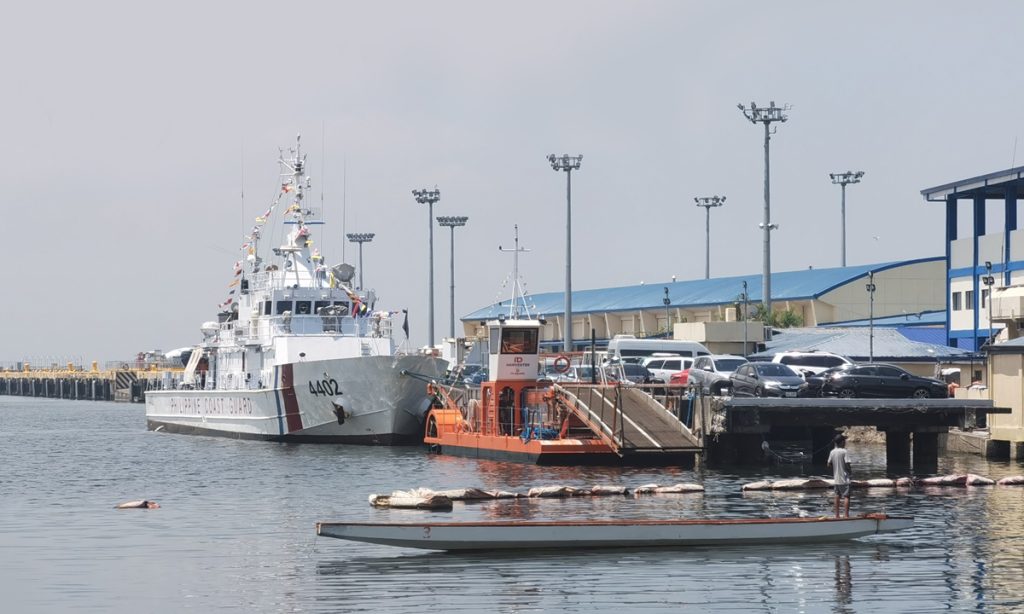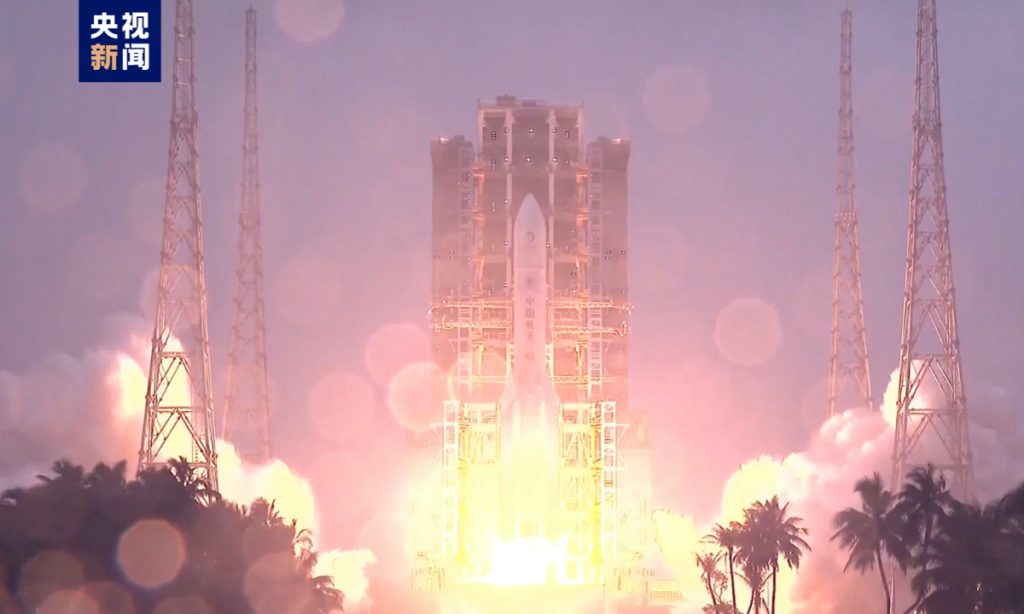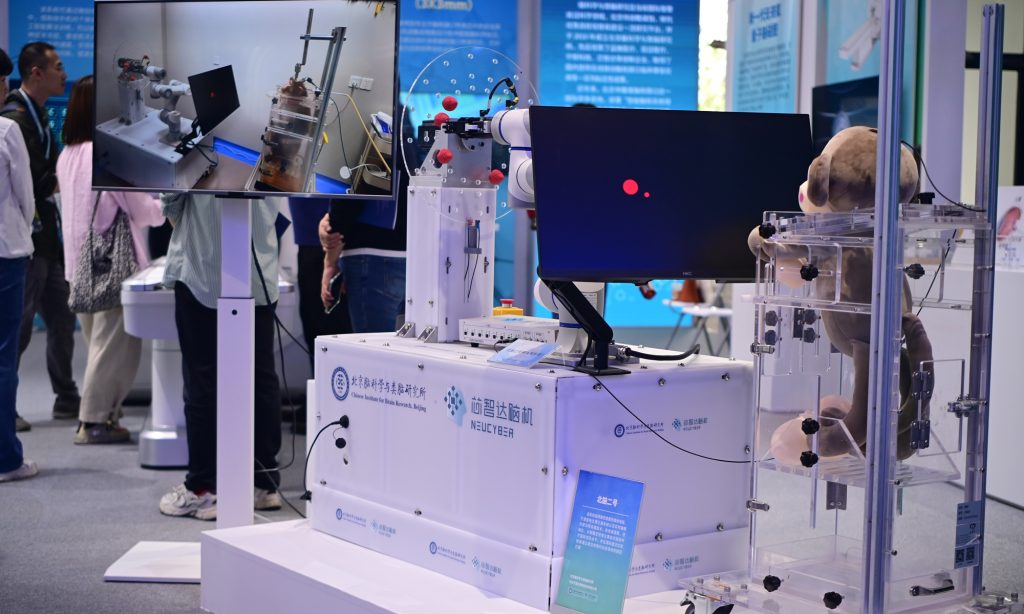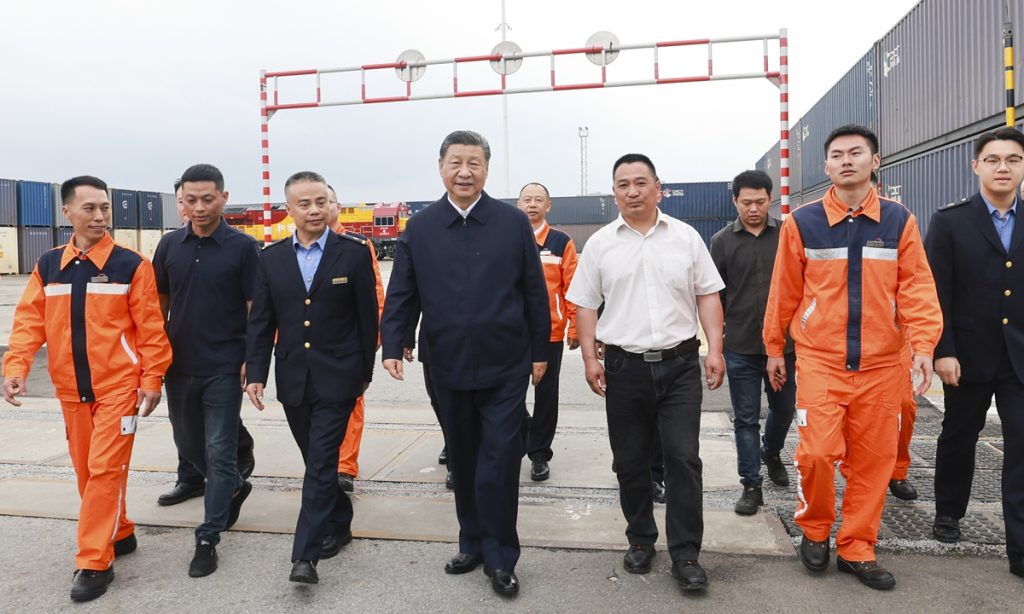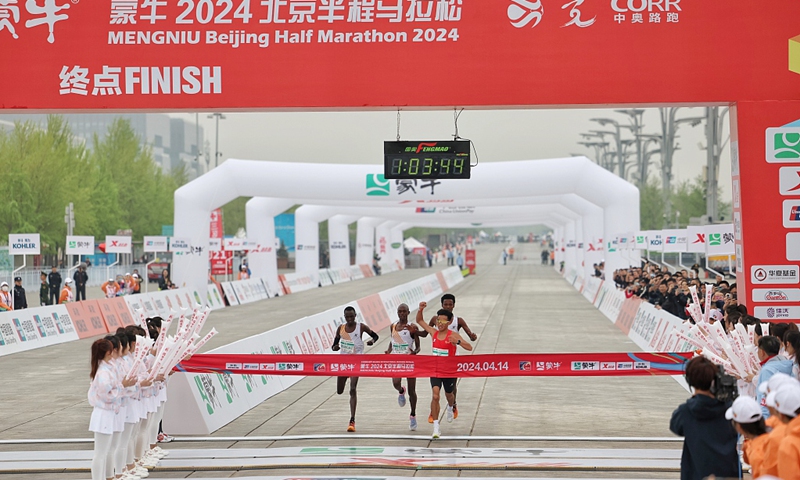China's success in EV development lies in innovation, not 'overcapacity'
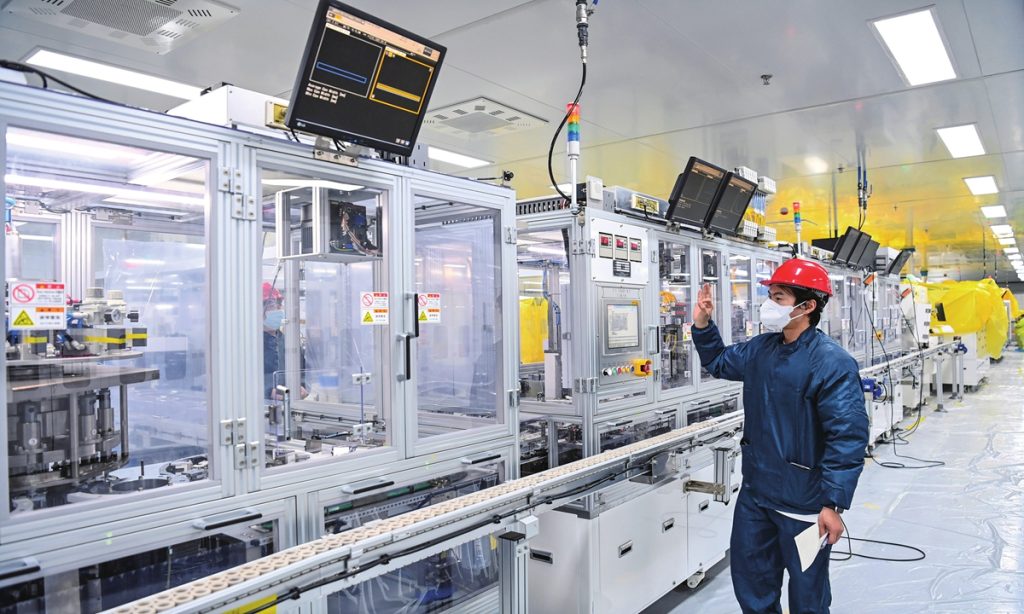
Recently, US officials have accused Chinese industry of overcapacity, particularly in sectors like electric vehicles (EVs), solar panels, and semiconductors. They argue that China's low-priced products threaten industries in the US.
However, a closer examination from the perspective of technological cycles, industrial organizational structure evolution, and the role of industrial policies reveals a reality that contradicts the US officials' ridiculous claim.
Critics often attribute China's competitive edge in new-energy products to overcapacity, pointing to the low prices of Chinese manufactured goods. Yet, this oversimplification ignores the complexities of technological progress and industrial dynamics. Historically, constant tech advancements have led to cost reductions and improved affordability for ordinary consumers.
China's edge in new-energy technology and Chinese EVs' relatively low market share overseas suggest that the price advantage is driven by homegrown innovation while not overcapacity.
Moreover, China's leading position in patents for key technologies like solid-state batteries underscores its technological prowess. While some argue that "China is flooding international markets with cheap products," the reality is different.
For instance, Chinese new-energy vehicles (NEVs) are often priced higher overseas than domestically, for example, the BYD Seal is priced at 180,000 yuan ($24,880) in China, approximately 370,000 yuan in the Netherlands, and 411,800 yuan in the UK, indicating that pricing strategies are not solely dictated by oversupply but also by market dynamics and production efficiency.
Hence, the competitive pricing of China's new-energy products stems not merely from sufficient supply, but rather from overcoming technological barriers through diligent research and development, constant enhancement of product performance to lower costs, and optimizing production efficiency across the entire industrial chain.
Another criticism leveled against China is the prevalence of loss-making manufacturers, which some attribute to government support and a refusal to allow companies to exit the market. However, this isn't telling the truth. Losses in high-tech industries during the early stages of development are not uncommon, as companies often require significant investment in research and development.
For example, Amazon was founded in 1995, but it did not become profitable until 2015, according to media reports. Tesla was established in 2003, but it did not make a profit until 2020. In particular, Tesla was once on the verge of bankruptcy because of its inability to mass produce. The survival of these companies depends on their ability to attract capital and their competitiveness in the market.
While some NEV ventures in China have indeed experienced losses, market forces determine their fate. Companies with competitive products can attract funding and continue to operate, while others may exit the market due to lack of competitiveness. In the past four years, 12 NEV companies in China have closed down, including WM Motor and AIWAYS. Rather than being solely attributed to overcapacity, the ability of loss-making companies to survive and eventually thrive is a testament to the investors' belief in the industry's potential and the companies' ability to deliver on that promise.
Critics also point to China's industrial policies as a factor contributing to "overcapacity." However, a comparison with industrial policies in developed countries tells a different story. Moderate policy support is not indicative of overcapacity but rather reflects a strategic approach to nurturing emerging industries. Industrial policy has played a crucial role in driving innovation and fostering economic transformation in developed countries.
For instance, the US government's support for the domestic semiconductor industry in the 1950s and South Korea's protection of its local semiconductor chip industry in the 1990s demonstrate the positive impact of government policy interventions.
In recent years, the US has implemented subsidy policies aimed at promoting the adoption of NEVs. However, the outcomes of these initiatives have been less than satisfactory.
For instance, under the US Inflation Reduction Act, EVs assembled exclusively in North America were eligible for a maximum subsidy of $7,500 in tax deductions. Despite this incentive, major companies such as Apple and Ford have shelved their plans for all-electric vehicles. Even with government subsidies in place, many American firms struggle to keep pace in the competitive landscape of the NEV industry.
Overall, the industrial policies of China's new-energy development have been very successful. The Chinese government has not only proactively and effectively laid out the new-energy industry, but also gradually reduced policy support after nurturing a large number of enterprises, accelerating the survival of the fittest for new-energy enterprises.
The accusations of "overcapacity" in China's new-energy industries are misguided and oversimplified. China's success in the industries is not the result of overcapacity but rather of strategic investment in technology, innovation, and market-driven policies. Rather than blaming China for its competitiveness, a more constructive approach would involve understanding and leveraging global market dynamics to foster cooperation and innovation in the new-energy sector.


